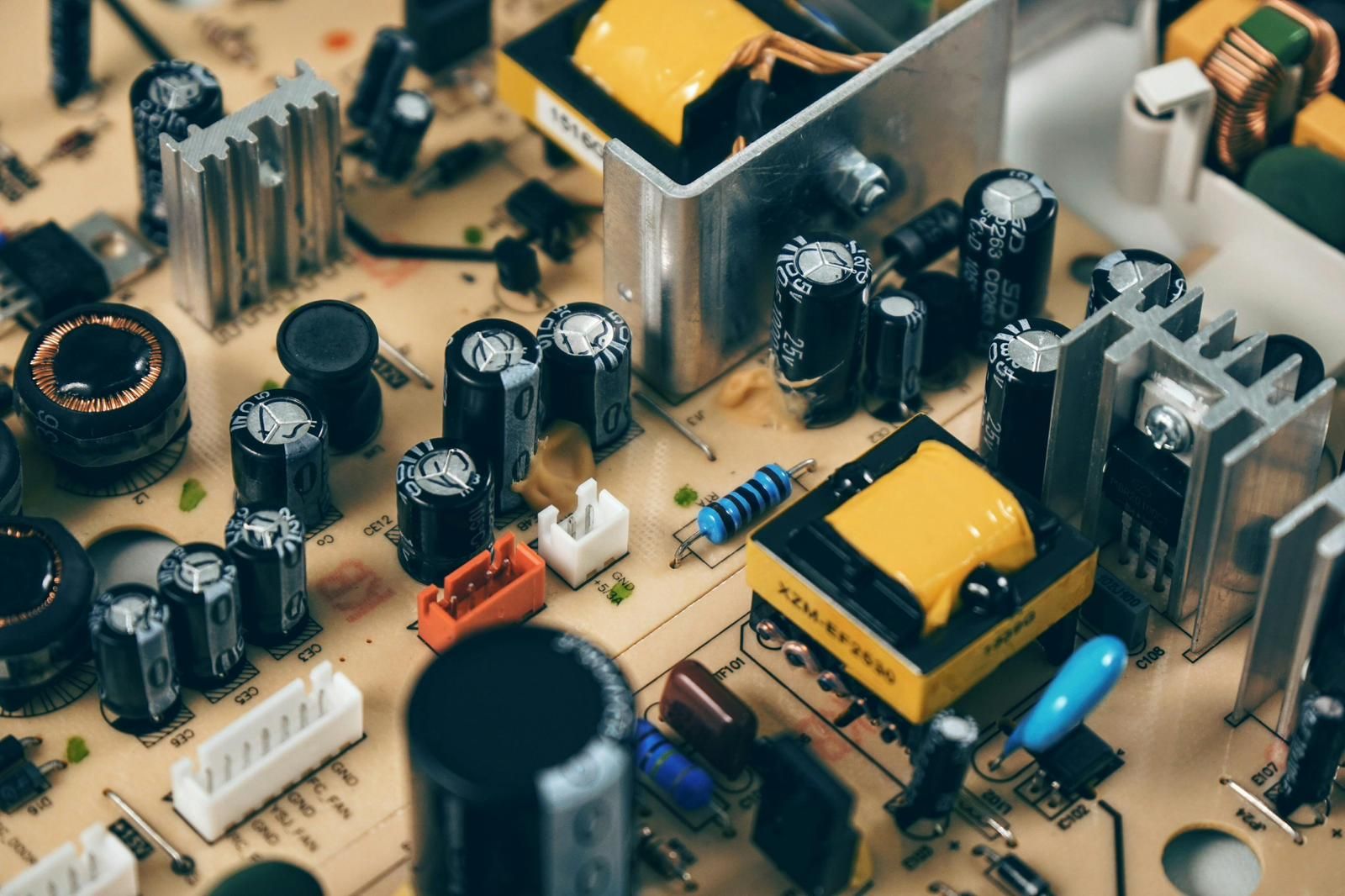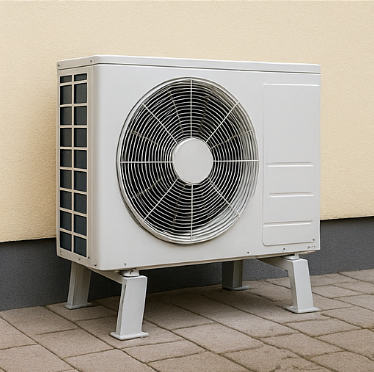Powering Performance: Air Source Heat Pumps in Modern Sports Facilities
As urban landscapes grow vertically, efficient heating and cooling solutions in high-rise buildings become increasingly essential. Air source heat pumps (ASHPs) have emerged as a promising technology for these structures, offering energy efficiency and reduced carbon emissions. However, implementing ASHPs in tall buildings presents unique challenges that require innovative solutions.
Space Constraints
One of the primary obstacles in
installing ASHPs in high-rises is the limited space available. Traditional ASHP systems often require large outdoor units, which can be problematic in densely packed urban environments. To address this, manufacturers have developed compact, high-efficiency units designed explicitly for high-rise applications. These sleek systems can be integrated into balconies or mounted on exterior walls, maximising space utilisation without compromising performance.
Wind Exposure and Performance
High-rise buildings are subject to stronger winds at higher altitudes, which can affect the performance of ASHPs. Engineers have developed wind-resistant casings and optimised fan designs that maintain efficiency even in gusty conditions to combat this issue. Additionally, the strategic placement of units and using wind deflectors can help mitigate the impact of strong air currents on system performance.
Refrigerant Line Length
The vertical distance in tall buildings poses a challenge for refrigerant circulation. Long refrigerant lines can lead to decreased efficiency and potential compressor damage. Advanced ASHP systems now incorporate enhanced compressor technology and optimised refrigeration management systems to overcome this. These innovations allow for efficient operation even when the distance between indoor and outdoor units is significant.
Noise Considerations
Noise pollution is a significant concern in densely populated high-rises. Modern ASHPs address this issue through improved compressor design and sound-dampening technologies. Some systems even offer nighttime modes that reduce operational noise, ensuring resident comfort without sacrificing performance.
Building Integration and Control
Integrating ASHPs into the complex mechanical systems of high-rise buildings requires sophisticated control strategies. Intelligent building management systems allow for seamless integration of ASHPs with other HVAC components, optimising overall energy usage and maintaining consistent comfort levels throughout the structure.
While implementing
air source heat pumps in high-rise buildings presents unique challenges, innovative solutions continue to emerge. As technology advances, ASHPs become an increasingly viable and efficient option for tall structures, contributing to more sustainable urban environments. By addressing space constraints, wind exposure, refrigerant management, noise reduction, and system integration, ASHPs are a valuable asset in the quest for energy-efficient, high-rise living.












